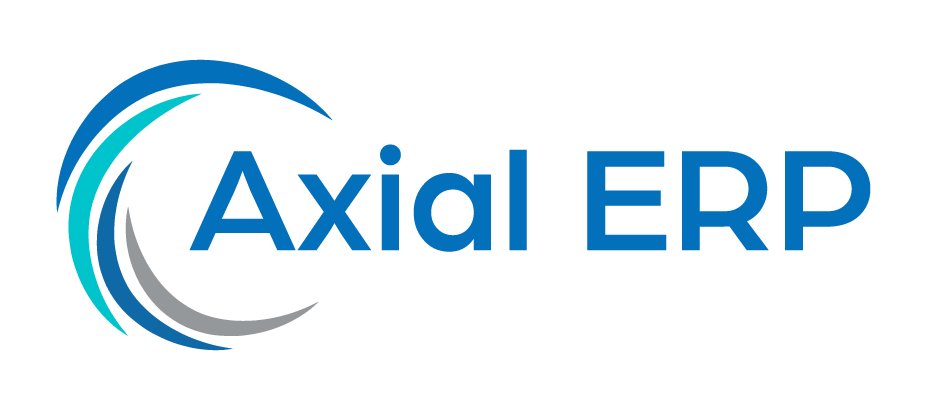The Role of ERP in Optimizing the Procure-to-Pay Cycle
In the contemporary business world, efficiency and process optimization are key to the success and sustainability of any organization. One of the critical cycles in a company’s operations is the procure-to-pay (P2P) cycle. This cycle encompasses all activities from identifying the need for a product or service to making the final payment to the supplier. In this context, enterprise resource planning (ERP) systems play a fundamental role in improving this process. Let’s explore how an ERP can transform and enhance the procure-to-pay cycle.
Understanding the Procure-to-Pay Cycle
Before delving into the role of ERP, it’s important to understand the procure-to-pay cycle in detail. This cycle includes several stages:
- Identification of the need for goods or services.
- Selection and evaluation of suppliers.
- Order and purchase order management.
- Receipt and verification of goods or services.
- Invoice processing and payment approval.
- Supplier payment.
The Importance of Efficiency in P2P
Efficiency in the procure-to-pay cycle is critical for several reasons. Firstly, an optimized P2P cycle can lead to a significant reduction in operational costs. Additionally, it improves the relationship with suppliers by ensuring timely and accurate payments, which can result in better negotiation terms and more competitive prices. Moreover, an efficient P2P process minimizes errors and the time spent on administrative tasks, allowing staff to focus on higher-value activities.
The Role of ERP in P2P
ERP systems are software tools designed to integrate and automate a company’s business processes, including the procure-to-pay cycle. These systems enable:
- Centralization of supplier, product, and transaction information.
- Automation of purchase order creation and management.
- Integration of the goods or services receipt process with accounting and inventory.
- Automation of invoice matching with purchase orders and receipts.
- Facilitation of payment approval and execution.
Key Benefits of ERP in the P2P Cycle
Implementing an ERP brings multiple benefits that can revolutionize an organization’s procure-to-pay cycle:
- Improved Visibility: An ERP provides a complete, real-time view of all stages of the P2P cycle, facilitating data-driven decision-making.
- Enhanced Control: Data centralization and process standardization help prevent fraud and errors and ensure compliance with company policies.
- Cost Optimization: Automation reduces processing costs and can contribute to negotiating better terms with suppliers through consolidated and up-to-date information.
- Improved Supplier Relationship: An efficient and transparent P2P process increases suppliers’ trust and can lead to better credit terms and long-term collaborations.
- Agility and Scalability: ERPs allow for quickly adapting P2P processes to market changes or business strategy, as well as scaling operations without compromising efficiency.
Considerations for ERP Implementation
Implementing an ERP is a significant project that requires careful planning and execution. It’s important to consider:
- Selecting an ERP that fits the specific needs of the company.
- Preparing and training staff for efficient use of the new system.
- Managing organizational change to ensure system adoption.
- Integration with existing systems to ensure data and process continuity.
Conclusion
In summary, ERP systems are indispensable tools for companies seeking to optimize their procure-to-pay cycle. These systems not only improve efficiency and reduce costs but also strengthen supplier relationships and provide a solid foundation for sustainable growth. With proper implementation and a focus on training and organizational change, ERPs can be the catalyst for successful business transformation.



